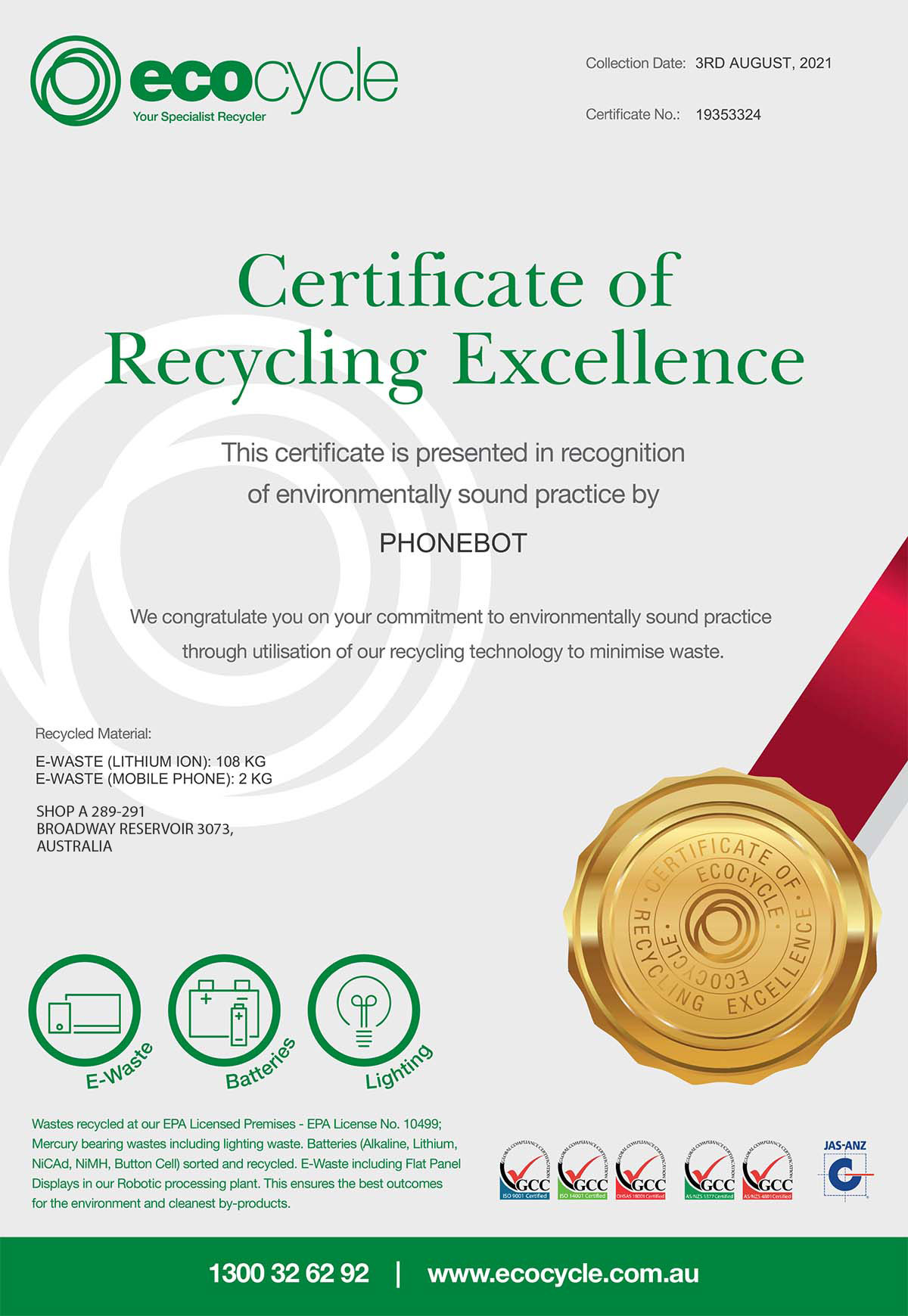Pixel 8 vs Pixel 8 Pro: Which One Should You Buy?
The Google Pixel 8 series has been the talk of the town since its original launch in 2023. Sure, we didn't see much in terms of a design refresh, but the Google Pixel 8 and Pixel 8 brought plenty of refinements that are hard to look past. They quickly rank high among the best Google Pixel phones.
Nevertheless, both phones have something special that makes them unique but also share several features. So which Google Pixel 8 should you buy?
In this Google Pixel 8 vs. 8 Pro comparison, we will break down the differences, the similarities, and everything you need to know to help you decide which model best fits your needs.
Google Pixel 8 vs. Google Pixel 8 Pro: Specs and Price Comparison
With its Pro moniker, the Google Pixel 8 Pro is pricier than its siblings. The standard Google Pixel price at launch started at A$1,199 for the 128GB variant and A$1,299 for the 256GB model.
Meanwhile, the Pixel 8 Pro started at A$1,699 and A$1,799 for the same amount of storage.
This meant the Pixel 8 was significantly more expensive than the previous generation.
Looking for a deal? Check out our Google Pixel Deals and save on your next purchase.
Before we look at what these phones bring, here's a quick summary of the top Google Pixel 8 specs.
Design
The standard Pixel 8 is the smaller of the two. It measures 5.93 x 2.79 x 0.35 in and weighs 187 grams. The Pixel 8 Pro is about the same size as the Pixel 7 Pro and comes in more extensive and heavier at 6.40 x 3.01 x 0.35 in and 213 grams.
Besides this, the Google Pixel 8 and Pixel 8 Pro are very similar in design. They both sport a horizontal camera visor at the back and a punch-hole camera at the front. These devices also come with a glass front and back. However, the Pixel 8 Pro holds a slight edge here, as it uses the Gorilla Glass Victus 2, which is marginally tougher than the Gorilla Glass Victus on the standard model.
Colorwise, the two phones are designed for different users. The Pixel 8 comes in Obsidian, Mint, Rose, and Hazel, while the Pixel 8 Pro is available in Snow, Hazel, and Porcelain. They are equally dust and water-resistant, with both featuring an IP68 rating.
![]()
Display
As you might expect, the Google Pixel 8 Pro has a larger 6.7-inch display, while the Pixel 8 has a 6.2-inch screen. There are other differences, too.
The base model has a refresh rate that ranges from 60Hz to 120Hz. It is less efficient than the Pro model, whose refresh rate ranges from 1 to 120 Hz. This helps preserve battery life and ensures that animations look buttery smooth.
The Pixel 8 and Pixel 8 Pro offer a resolution of 2400 x 1080 pixels and 2,992 by 1,344 pixels, respectively. The Pro is also more pixel-dense at 489 ppi (compared with 428 ppi for the Pixel 8). Both screens deliver sharp and vivid images. However, frequent outdoor users might lean more towards the Pixel 8 Pro, which has a peak brightness of 2,400 nits. The regular Pixel 8 averages 1400 nits and maxes out at 2,000 nits.
![]()
Performance
Both phones sport Google's Tensor G3 system-on-a-chip (SoC) under the hood, so performance is more or less the same. However, the Pixel 8 Pro chip has 12GB of RAM rather than 8GB in the Pixel 8, giving it a slight edge.
It's worth noting that the Tensor series hasn't always performed as well as Qualcomm's chipsets in benchmark tests. But then again, the Tensor chips weren't designed for performance. The Tensor G3 chip introduces various AI capabilities, including the new Audio Magic Eraser. Google Assistant has also gotten an upgrade, which now sounds more natural thanks to the addition of Google’s Gemini chatbot.
Cameras
Cameras have always been a significant selling point for Pixel phones, and these two devices continue that tradition. The Pixel 8 and Pixel 8 Pro have a 50MP primary camera with an identical f/1.7 aperture, 126-degree field of view, image sensor size, and 2x zoom. The Pixel 8 also includes 8x Super Res Zoom, making your zoom shots sharper and more detailed.
For those wider shots, the Pixel 8 has a 12MP ultra-wide camera, while the Pixel 8 Pro ups the ante with a 48MP ultra-wide lens. It has the same narrower 126-degree field of view and a faster f/2.2 aperture. Where the Pixel 8 Pro really flexes is with its third camera, a fantastic 48MP periscope telephoto lens with 5x optical zoom and up to 30x Super Res Zoom.
The Pixel 8 and 8 Pro boast the same 10.5MP selfie camera with a 95-degree field of view.
However, whereas the Pixel 8 has a fixed-focus selfie camera, the 8 Pro offers autofocus, which means your selfies are sure to be sharp and clear wherever you go.
Battery
The Google Pixel 8 has a 4,575mAh battery, and the Pixel 8 Pro has a 5,050mAh one. The larger battery on the Pro is to be expected as it requires more to power its expansive screen.
Google claims both phones can last for over 24 hours in general use. If you're in a rush, you can juice them up fast: Both phones can reach up to 50% charge in just about 30 minutes with a high-speed USB-C charger. The Pixel 8 charges at 27W, while the Pixel 8 Pro pushes up to 30W, though that slight difference won't make much of a noticeable impact on charging time.
If you prefer wireless charging, both phones support faster speeds via the second-generation Google Pixel Stand: The Pixel 8 Pro can charge at 23W, while the Pixel 8 can charge at 18W.
Standard wireless Qi charging is capped at 12W for both, so they are not the fastest in that department but are still quite solid. Oh, and an incredible bonus: These Pixel devices can reverse wireless charging to top off your earbuds or another phone on the go.
Release Date
The Google Pixel 8 release date fell on October 4, 2023, when Google revealed the new lineup at its Made by Google event. The phones went on sale on October 12, 2023.
Verdict: Pixel 8 vs. Pixel 8 Pro
The Google Pixel 8 Pro is the clear winner. You get an extra camera lens for optical zoom, a more capable ultra-wide sensor, and additional camera modes. You'll also get more RAM and a larger battery, which equates to slightly better battery life and faster charging.
But beyond the specs, you should also consider your pockets. After all, all these enhancements come with a premium tag.
The base Pixel 8 does most of the same things for hundreds less and in a more compact body.
Plus, both phones will get seven years of software updates, so either can be a good long-term investment. Ultimately, both smartphones are great, but if you want the best amongst the best, the reign goes to the Pixel 8 Pro.
Why not make the smart choice? Refurbished Google Pixel Phones offer fantastic value without sacrificing quality. Explore our collection today to find the perfect phone for you!
Posted by Liam Harris
Liam Harris
I’m Liam Harris, a tech writer at Phonebot with a passion for technology. I provide trusted insights on refurbished phones, tablets, and accessories, focusing on quality, sustainability, and affordability. With a solid understanding of the refurbished market, I offer practical tips, product comparisons, and the latest tech updates to help you make informed decisions. My goal is to connect you with high-quality devices that fit your budget and lifestyle. Stay tuned for more on the best in refurbished tech here at Phonebot.
 Hot Deals
Hot Deals


 Google
Google Apple
Apple Facebook
Facebook